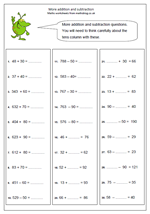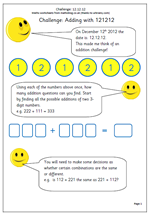 Those of you who have followed the site for some time will know that I enjoy the quirky dates which come up from time to time, and we have a really good one next week; on 12th December 2012 the date can be written as 12.12.12. On the 12th second of the 12th minute of the 12th hour it can be written as 12.12.12.12.12.12!!
Those of you who have followed the site for some time will know that I enjoy the quirky dates which come up from time to time, and we have a really good one next week; on 12th December 2012 the date can be written as 12.12.12. On the 12th second of the 12th minute of the 12th hour it can be written as 12.12.12.12.12.12!!
It will be quite some time before this type of recurring number pattern happens again; in fact not until 2101, when I don’t think I will be around to enjoy it!!
of course there are the usual doom mongers suggesting that the world will end as we all get sucked into a black hole, but I think it is a great chance to do a little maths and I was delighted to see that urbrainy.com have published a superb couple of worksheets which they have allowed me to publish.
The first takes a look at the digits 121212 and how many different 3-digit addition sums can be made from them. This type of activity really encourages thinking in a logical, well ordered way and it also brings some issues up, in particular whether the order of addition makes any difference as is 111 + 222 the same as 222 + 111. This is suitable for children around year 4 and can be found in the Year 4 Using and Applying Maths category.
The second set of worksheets looks at using three twelves and the four operations and raises all kinds of interesting mathematical questions. Suitable for Year 6 who have been introduced to BODMAS or as an introduction to it.
Adding with 121212
Calculating with 12 12 12
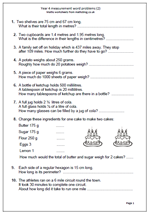 Following the publication of our first set of measurement word problems for year 4 we have had several requests for some more: so here is the second page.
Following the publication of our first set of measurement word problems for year 4 we have had several requests for some more: so here is the second page.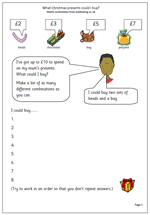

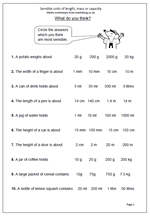
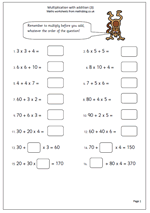
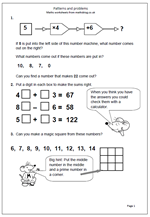
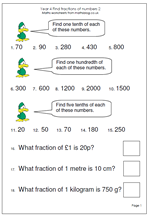
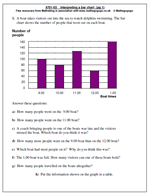
 The numbers go up in twenties, but of course there are intermediate values. The number of people on the 11.00 boat is more difficult to read and only a close approximation between 120 and 140 can be made. As it looks just less than half way to the next interval an estimate of just below 130 would be very accurate.
The numbers go up in twenties, but of course there are intermediate values. The number of people on the 11.00 boat is more difficult to read and only a close approximation between 120 and 140 can be made. As it looks just less than half way to the next interval an estimate of just below 130 would be very accurate.